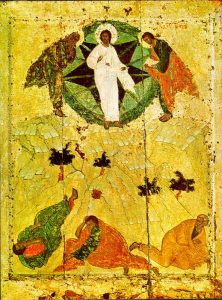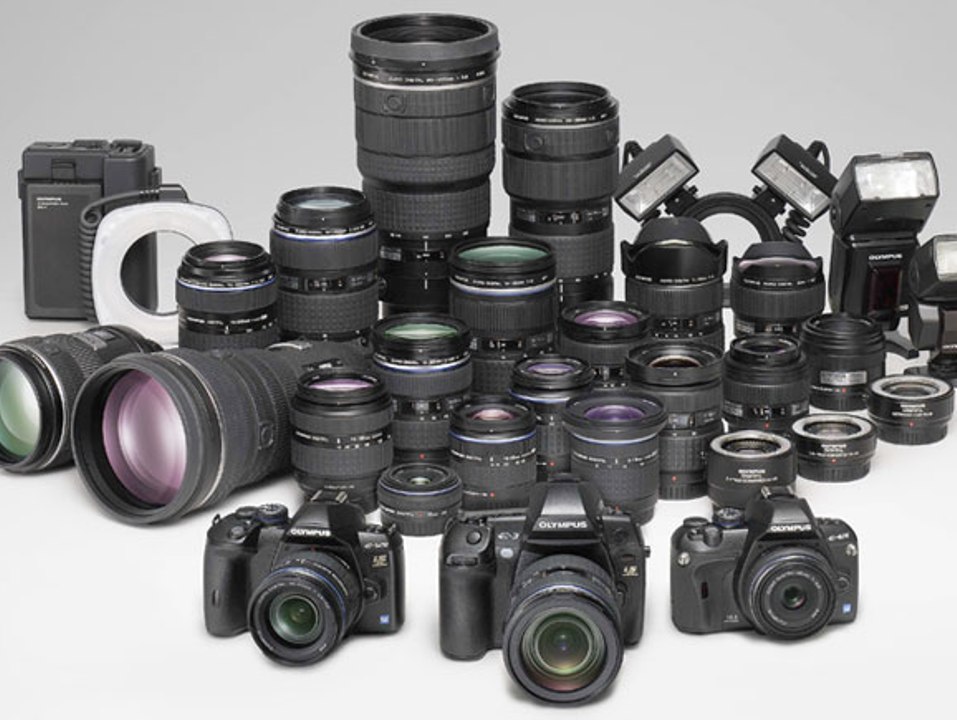baptism is honored
Classicism: antiquity as a standard
 Classicism firmly established in the 17th century European art, having surrendered its position only in the first third of the next century. The classicists worshiped antiquity, piously believed in the idea of the order and logic of the universe, as well as in the limitless possibilities of the human mind.
Classicism firmly established in the 17th century European art, having surrendered its position only in the first third of the next century. The classicists worshiped antiquity, piously believed in the idea of the order and logic of the universe, as well as in the limitless possibilities of the human mind.
The time of occurrence, landmarks and artists of classicism
Classicism appeared and was formed in the XVII century. in France, the heyday of absolute monarchy and subsequently spread to Spain, Germany, England, the Netherlands, the USA and Russia, where it arose in the process of Europeanization under Catherine II, who introduced the fashion to everything French. Continue reading
Iconography: to see the invisible
 From ancient times, icon painting served as a “language for the illiterate” —a special language with its own rules and symbolism. For centuries, master-icon painters have brought it to perfection, trying to convey the spiritual otherness by material means. That is why icon painting is still considered to be the most difficult and rarest art in which human capabilities and divine beginnings are combined.
From ancient times, icon painting served as a “language for the illiterate” —a special language with its own rules and symbolism. For centuries, master-icon painters have brought it to perfection, trying to convey the spiritual otherness by material means. That is why icon painting is still considered to be the most difficult and rarest art in which human capabilities and divine beginnings are combined.
The copy (from the icon and write), also iconography, isography – a type of Christian church painting, designed to create sacred images – icons.
Such works replaced the written word with paints, just as the Gothic cathedral translated into visual language the scholastics and the secrets of alchemy.
What is an icon? Continue reading



